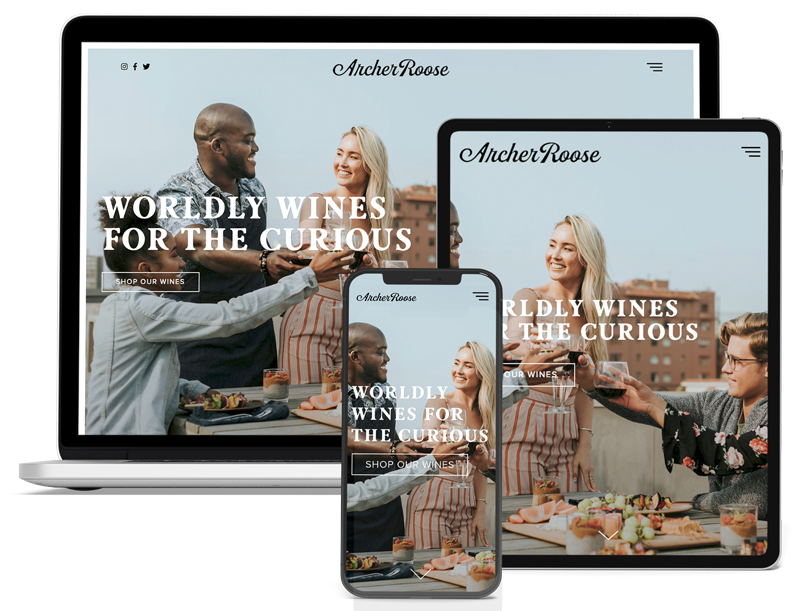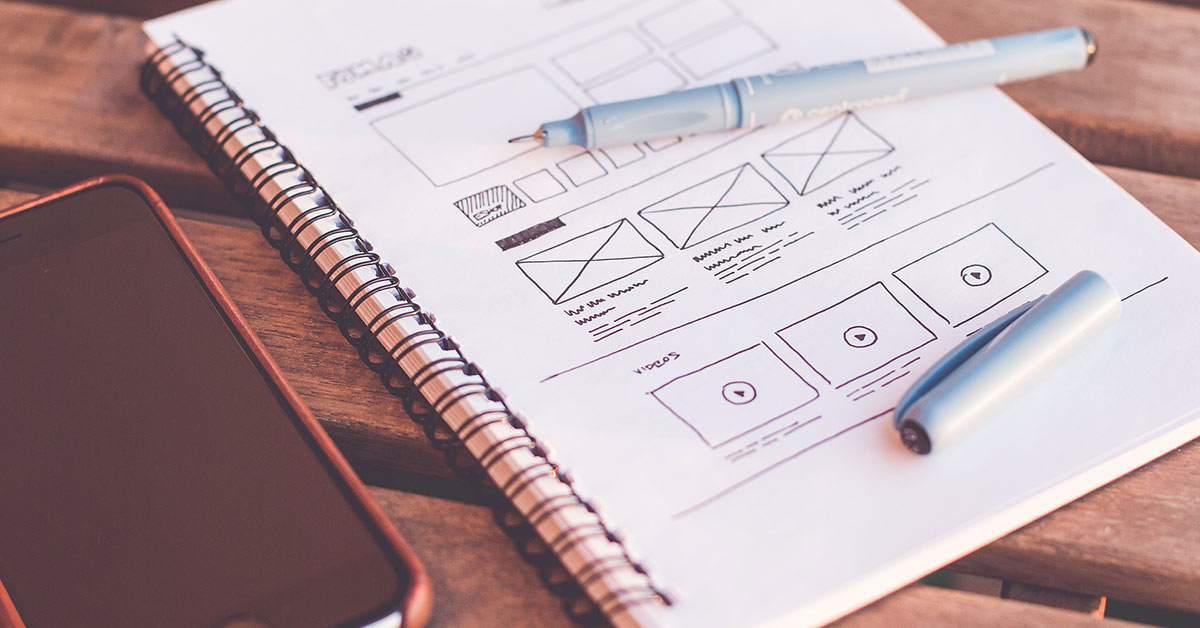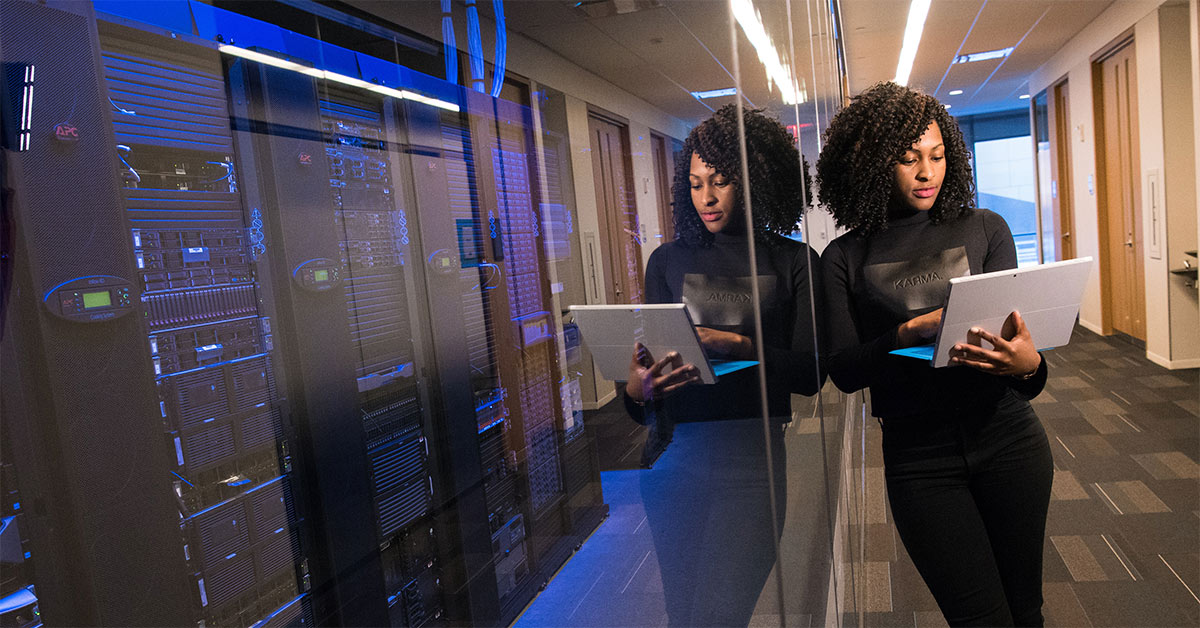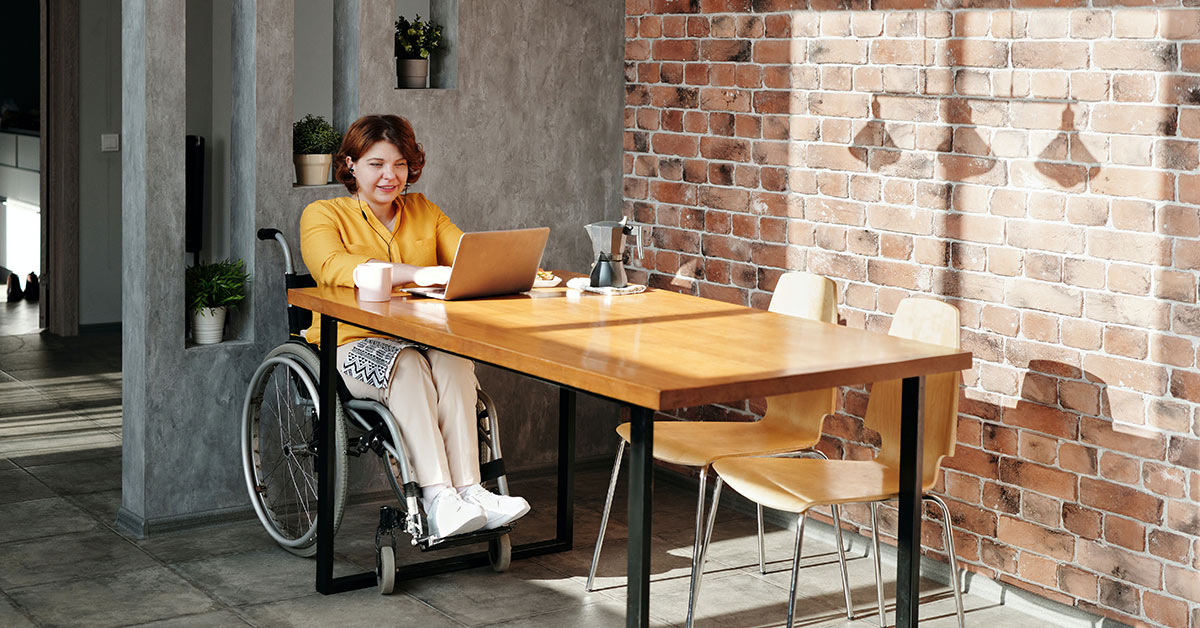Breaking Down the Importance of Learnability in Web Design
By: William Scott, Brand Strategist, Executive Producer
Linkedin: WilliamUnsung
Any business owner knows that the most important aspect of the business actually has very little to do with money and everything to do with how to attract (and keep) an audience.
Making your business eye-catching can mean a variety of things — visibility, convenience, social media and brand strategy, digital presence, website design, and more.
You’ve got the basics of your business plan down, and now you’re looking to attract customers/clients. You want to make a lasting impression on them from the get-go, and you want your brand voice to shine.
Web traffic is down, but you aren’t sure why. Is my website design appealing? Is it easy to maneuver through? Is usability an issue?
Breaking down the importance of your business’s web design is crucial. Your website is an experience for the consumer, building their trust in your business. A positive experience equals customer retention. To understand the importance of usability in web design, let’s break it down to the principles of a good website.
Availability
Knowing something as simple as how the URL functions is an important piece in the overall usability of your website. If consumers access your website by typing in the URL or clicking on your website link from another source, is it available?
Every website requires a solid hosting platform to load properly. Tech gurus refer to availability in terms of the “uptime” of your website, which correlates to your “server uptime”.
Making sure your website is available is how you will generate revenue. If someone can’t access your site or your hosting goes down, you lose a potential customer and the revenue. Ensuring you have a good web host is the key to making your website fully available to consumers. Be wary of claims of 98% or even 99% uptime. While these numbers seem may high, in reality it means your site could be offline up to 7.3 days or 3.65 days a year, respectively.
Responsive Web Design
Say a customer can’t get to a computer and is attempting to use your website via a mobile device. Can your website handle the variance in screen size?
Making your website mobile-friendly will not only boost search results but will also draw in potential customers on-the-go. Optimize your website for tablet, laptop, and phone screens. It will automatically adjust to recognizing the device being used.
Accessibility
Making your website mobile-friendly isn’t the only principle your website should include. Many companies, including Amazon and Google, invest in building their websites to cater to individuals with disabilities as well. Cleaner content presentation, audio options, and more can factor into how your website attracts consumers. In an era where business has gone largely digital, business cannot afford to ignore the needs of those with disabilities, situational limitations, or even those with poor internet connections.
Simplicity
So far, it may seem like your website is going to be complicated, but it is actually very simple to include learnability and usability in web design. Keeping your business website coherent and simple is just as important as making sure your website works.
Too many functions and elements in your website will scare people off. Keep it simple. Include your main points, such as the main menu. Make sure those points don’t interfere with the beef (or content) behind each main point.
The less clutter you have, the easier it will be for consumers to understand the ebb and flow of your website.
Familiarity
Customers will always be more drawn to things that are familiar in nature, whether it is a product or service.
Take a look at competitors you may have in your business field. What do their websites look like? It’s okay to look there for inspiration.
Giving consumers a sense of familiarity in something they have already done, an item or service they have previously purchased, or a website they have visited will help to build trust in your brand in the same way. If they already know what they are getting into in visiting your business, the chance of consumer retention goes up. Way up.
Consistency
Consistency goes hand-in-hand with familiarity. Giving consumers a consistent experience each time they visit your website will build retention.
Say you choose to redesign your website to further your business’s growth. You decide to include elements that aren’t exactly simple or familiar to the consumer base you have already built. The next time they access your website, they are completely lost.
Do you think that will provide the usability/learnability factor desirable to your consumer base?
Keeping your website elements both consistent and familiar will benefit your business in the long term. Keep common elements common.
Sure, a logo update or rebranding is okay. But the shell of your website — location of menu/navigation, logo, and main content — should remain the same or similar enough to not instill confusion. Your customers will expect a certain familiarity with your business and website, and they will become comfortable with it. Don’t let updates veer you away from catering to your audience.

Feedback
When you build a website, you’re designing it with the customer and your brand in mind. Making your website less confusing means including some feedback within certain elements.
Head to the main menu: Is it clear that you can click on a page? Does a hyperlink show up? Does a color change occur when you hover over a new page link within the website?
You’re not reinventing the way the website runs, but rather, you’re including evidence of any action your guests can take on your website without confusing them in the process. Simple additions such as animations, transitions, color changes, or a checkbox will let the customer know a website element can be interacted with.











